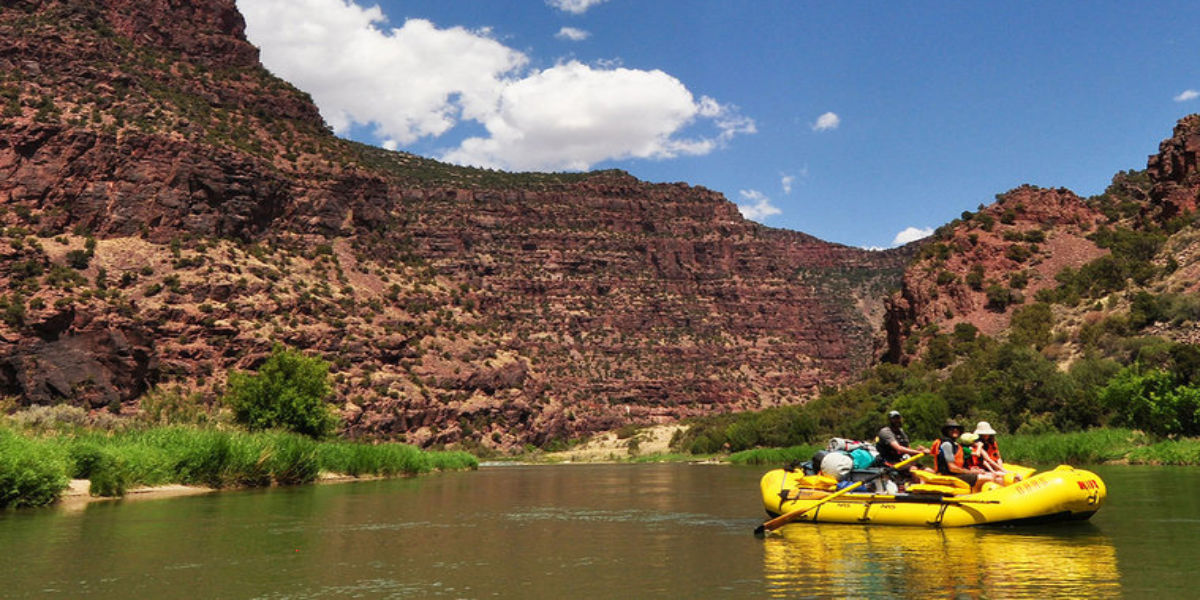
Want to Protect Our Rivers? Raft Them
Experience the beauty and fragility of our rivers on a rafting trip, with tips from an expert on the best sustainable practices and gear

Courtesy of National Park Service/Dan Johnson
There’s no question that rivers are majestic. It’s hard not to fall in love with the powerful way they carve deep canyons through rugged terrain, the tenuous way they hold and sustain life. And yet, these great forces are threatened.
Climate change is hard to predict, but estimates say river flows can decrease by half within the next hundred years. Our water allocation system is inching toward a breaking point because more water is allocated than is available; the growing population of the West adds even more strain on that demand. Additional threats include the possibility of pollution from oil and gas drilling with potentially devastating effects to the ecosystem and down the chain—not to mention a buildup of litter and trash from those who don’t follow the rules.
Through the book Downriver: Into the Future of Water in the West (March 2019), author Heather Hansman wants her readers to connect the dots between water use, natural resources, and human impact: “We must change the way we think about and use water.” She chronicles a long rafting trip on the Green River (pictured at top), the greatest tributary to the Colorado River, from the alpine peaks to grasslands and on to the canyons of the desert. The Green provides water for 33 million people but is overused, threatened by climate change, and at risk. Hansman hopes her adventure inspires others to experience our rivers, even if just for a short float or paddle trip, and to see the water system from the river’s perspective.

